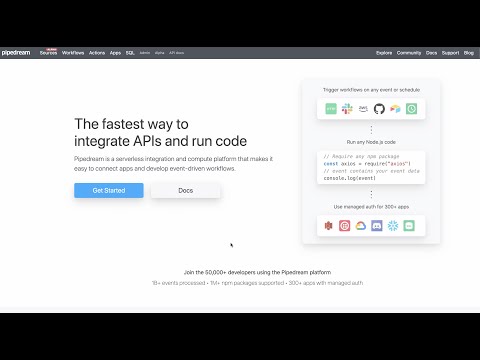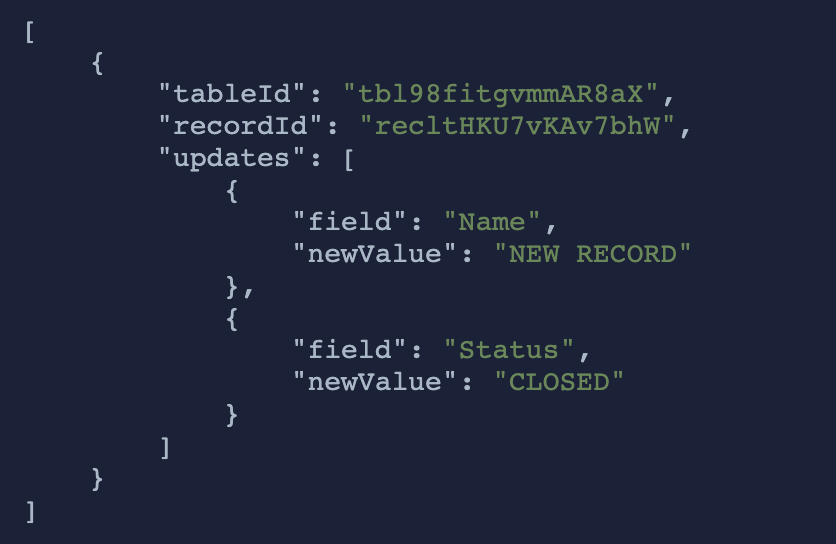What do you want to automate
with Intellexer API and Slack?
Prompt, edit and deploy AI agents that connect to Intellexer API , Slack and 2,800+ other apps in seconds.
Trusted by 1,000,000+ developers from startups to Fortune 500 companies
Popular Ways to Connect Intellexer API with Slack#
Popular Intellexer API and Slack Triggers#
Emit new event when a new message is posted to one or more channels
Emit new event when a message was posted in a direct message channel
Emit new events on new Slack interactivity events sourced from Block Kit interactive elements, Slash commands, or Shortcuts
Emit new event when a specific keyword is mentioned in a channel
Popular Intellexer API and Slack Actions#
Recognize language and encoding of an input text stream. See the documentation
Extract named entities from a document using Intellexer API. See the documentation
Send a message to a public or private channel. See the documentation
Summarize a document using Intellexer API. See the documentation
Send a message to a user, group, private channel or public channel. See the documentation
Overview of Intellexer API #
The Intellexer API offers a suite of linguistic and semantic analysis tools that can enhance text-based applications. With it, you can extract meaning, relations, and facts from the text, enabling smarter data management and decision-making processes. When paired with Pipedream's serverless execution model, the Intellexer API can be used to automate content analysis, enhance search functionalities, and preprocess data for more complex workflows.
Connect Intellexer API #
import { axios } from "@pipedream/platform"
export default defineComponent({
props: {
intellexer_api: {
type: "app",
app: "intellexer_api",
}
},
async run({steps, $}) {
return await axios($, {
url: `http://api.intellexer.com/sentimentAnalyzerOntologies`,
headers: {
"Content-Type": `application/json`,
},
params: {
apikey: `${this.intellexer_api.$auth.api_key}`,
},
})
},
})
Overview of Slack#
The Pipedream app for Slack enables you to build event-driven workflows that interact with the Slack API. Once you authorize the app's access to your workspace, you can use Pipedream workflows to perform common Slack actions or write your own code against the Slack API.
The Pipedream app for Slack is not a typical app. You don't interact with it directly as a bot, and it doesn't add custom functionality to your workspace out of the box. It makes it easier to automate anything you'd typically use the Slack API for, using Pipedream workflows.
- Automate posting updates to your team channels
- Create a bot to answer common questions
- Integrate with your existing tools and services
- And much more!
Connect Slack#
import { axios } from "@pipedream/platform"
export default defineComponent({
props: {
slack: {
type: "app",
app: "slack",
}
},
async run({steps, $}) {
return await axios($, {
url: `https://slack.com/api/users.profile.get`,
headers: {
Authorization: `Bearer ${this.slack.$auth.oauth_access_token}`,
},
})
},
})
Related Videos#


Community Posts#
